24 July 2025
“Our immune system has the potential to recognise anything in the universe. Or, for those who like numbers, a couple billion trillion things.”
For Dr Lisa Connor, getting the immune system to respond to the right thing, at the right time, has been the cornerstone of her career. Head of the Connor Laboratory at the Malaghan Institute, she knows first-hand about the trials and tribulations of getting the immune system to recognise what we want, when we want it to – whether that’s a virus, bacterium or cancer cell.
“My first introduction into the importance of proper immune responses was as an undergraduate at Victoria University of Wellington, where I attended a lecture by Associate Professor Joanna Kirman, former group leader for infectious diseases at the Malaghan,” says Lisa.
“Jo was offering a teaching module at the university exploring vaccinology and how if you develop the wrong type of immune response to a vaccine it can cause a severe outcome. Specifically, she was talking about a vaccine trial in the 1960’s for an RSV vaccine made from an inactivated virus that, instead of protecting infants from the virus, caused them to have even worse outcomes from the disease. That was my first proper introduction to the complicated and nuanced relationship between vaccines and the immune system.”
Today, Prof Kirman heads the microbiology and immunology department at the University of Otago. As an undergrad, Lisa explains it was Jo’s infectious passion for vaccinology that enticed her towards a career in immunology.
“Jo was an amazing lecturer. She is so passionate and I really loved her module. It gave me the confidence to chat with her about doing a PhD in the infectious diseases and vaccine space. She had a research assistant role open, so after I finished my honours I made the short hop over to the Malaghan.
“I was Jo’s second PhD student – her first was Kylie Quinn who most recently headed the Ageing and Immunotherapies Lab at RMIT University in Melbourne. Both Jo and Kylie were such amazing mentors and really instilled that passion in vaccinology in me. We were working together on tuberculosis, specifically how the immune system forms a memory to TB and how we could apply that information to make an improved vaccine.”
The BGC vaccine is the only vaccine available for treatment of TB and is still widely in use globally. However, Lisa explains, there are significant limitations in the vaccine’s effectiveness at removing the bacteria.
“To make a long story short, the BCG vaccine really only provides protection from TB for children. It’s frankly rubbish for adults, which is why it’s still such a focus for research groups like Jo’s.”
For a budding researcher, Lisa says being part of the Malaghan Institute was like being a kid in a candy shop.
“My fellow PhD students and I were acutely aware of just how privileged we were to be studying at an organisation like the Malaghan,” says Lisa. “Even then, the institute was known for having amazing facilities and equipment to do really world-leading research, so that made getting a PhD position something really coveted for New Zealand students.
“It was also clear that our director Professor Graham Le Gros really wanted to support strong, world-leading scientists. We had many opportunities other students didn’t get access to. We got to meet with leading researchers from around the world when they visited the Malaghan to give a talk or presentation. We even got to go out to dinner with them, engage with these leaders of their chosen field one-on-one. That sort of thing is rare for students at universities or other organisations in New Zealand.”
Upon completing her PhD, Lisa connected with one such visiting speaker, Dr David (Woody) Woodland, from the Trudeau Institute in New York, USA and made the jump from bacterial immune responses to viral responses.
“I reached out to Woody and he remembered me. He invited me to join their team at the Trudeau and so my husband and I packed our bags and went overseas where I spent the next few years researching viruses.”
Studying vaccines and the immune system in upstate New York was a transformative experience, says Lisa.
“At the time the Trudeau was listed as one of the top ten places to do a postdoc. The institute itself is located in this small rural town in the middle of dense woodland in the Adirondacks. You have all these mountain ranges close by and it’s right up against the Canadian border.
“It’s this tiny, close-knit community of postdocs coming from all over the world bringing together all this energy and expertise. You end up forming sort of a family there. It was just such an awesome experience for a young researcher just starting out in their career.”
It was while at the Trudeau that Lisa bumped into Prof Le Gros again which signalled her return to New Zealand.
“Our immune system has this amazing ability to adapt to something we're exposed to. We have the potential to make B-cells with receptors that can recognise pretty much anything in the universe.”
“I met Graham while overseas at a Keystone Symposium focused on immunity in the respiratory tract in Vancouver and he was like ‘we’d love to have this kind of energy back at the Malaghan Institute.’”
“So I ended up coming back and working with Professor Franca Ronchese in her lab which to this day is still focused on how immune responses are started in the context of allergy and inflammation.”
Lisa says for vaccines, this is incredibly relevant. “Up to this point I’d be working on memory cells and how they contribute to fighting infection, but for effective vaccines you also need an understanding of how the immune response is initiated.”
Despite best laid plans, the career of the scientist is not a straightforward one and subject to outside effects. Lisa explains that the realities of funding, particularly the challenges of securing consistent financial support means that successful researchers often need to be adaptable and flexible.
“Securing consistent funding can be a real challenge. I had just had my two kids and there was an academic position that came up at Victoria University that allowed me to focus on teaching while also establishing my own laboratory. It was a great opportunity to balance both responsibilities, and the position provided a stable income through my teaching role, which was a huge benefit as I was also building my research career.”
However, the proximity to the institute meant that Lisa could continue to nurture her close relationship with the institute while also growing her own research group – a unique blend of opportunities that enabled her to thrive in both environments.
“Professor Ian Hermans, who continues to be a fantastic mentor to me, has been working on generating immune responses to cancer cells for many years, and there was an opportunity to collaborate. My time at Victoria University was also vital to form networks and collaborations with non-immunologists – I have an amazing collaboration with Professor Wayne Patrick – who is a biochemist, and we are making novel vaccine antigens together.
“In my own lab we started to look at B-cells and their role in immune responses to infectious diseases. B-cells play an important role in adaptive immune responses and memory and so are integral when designing vaccines.”
B-cells are the body’s primary source of antibodies, the essential component for recognising foreign threats like viruses, bacteria and cancer. During infection the body creates a vast repertoire of B-cells, each capable of recognising a different antigen. It’s this variation that allows the body to recognise almost anything harmful that comes its way.
“Our immune system has this amazing ability to adapt to something we're exposed to. We have the potential to make B-cells with receptors that can recognise pretty much anything in the universe.
“And so my team and I had started setting up all these influenza models to learn more about B-cells when Covid hit.”
When the world shut down in 2020, Lisa found herself in the right place, at the right time.
“It was clear from day one that New Zealand needed to have its own pandemic preparedness. Graham approached me and said, you know how to make vaccines, you know how to test them – would you be interested in working on a vaccine for Covid? And I was like, absolutely. So we pivoted everything that we were doing with influenza to Covid.”
“By developing our own mRNA manufacturing capability here, we can secure a home-grown flu vaccine supply – enough to cover our population and our Pacific neighbours in an outbreak.”
In just a few years, Lisa and her team designed and tested a New Zealand-made Covid vaccine, a nation-wide effort under Vaccine Alliance Aotearoa NZ that combined the skills and expertise of virologists, chemists and biologists from across the country.
“We got all the way to where we were ready to make and trial this homegrown vaccine that was safe and effective in preclinical models. But thankfully by then Covid was under control, so there wasn’t this pressure to go out and conduct a trial if there wasn’t going to be a need for it. Yet we’d spent all this time developing this capability. So after we made the vaccine we thought, hey, we've got this cool protein that is protective. Can we make it into RNA?”
Today, Lisa is also a pillar lead for the national RNA development platform, that came about on the back of capability build at the Malaghan during the Covid pandemic. Its goal? Making vaccines that don’t suck.
“There are no long-lasting vaccines for influenza. Even seasonal vaccines can be pretty pathetic, where on a good year you might get sixty percent efficacy across the population.”
While Lisa is quick to stress that just because a flu vaccine isn’t 100% effective for everyone, it’s still by far the best tool available for keeping yourself and your loved ones safe and stopping the spread of disease.
“Any protection is better than no protection.”
However, she believes we’re sitting on the cusp of a revolution in the way flu vaccines are designed and manufactured that could improve their efficacy tenfold.
“Every year, our seasonal flu vaccines must be remade to match whichever strains of the virus are predicted to circulate. That’s because today’s vaccines train our immune system to recognise the flu virus’s outer protein ‘hemagluttinin’ which it uses to enter the host cell.
“Hemagluttinin can be sectioned into a head domain and a stem domain. Our immune system mainly responds to the head domain, which mutates constantly. When those head regions change, our antibodies can no longer recognise the virus – and protection wanes.
“But buried on the flu virus are hidden regions that hardly change from one strain to the next. These conserved sections – especially the stem of the hemagglutinin protein and certain unchanging spots on the head – remain almost identical across dozens of flu variants. Until recently, they were nearly impossible to target with vaccines. Now, thanks to the speed and flexibility of mRNA technology, we can.”
By removing the flashy, changeable head of the hemaglutinin protein, Lisa’s team can focus the immune response on the conserved stem and guide the immune system toward parts of the virus that don’t drift year to year.
“This work also ties directly into New Zealand’s pandemic preparedness plan. By developing our own mRNA manufacturing capability here, we can secure a home-grown flu vaccine supply – enough to cover our population and our Pacific neighbours in an outbreak – without having to wait for overseas stockpiles,” says Lisa
“In short, instead of chasing the flu’s ever-shifting head, we’re aiming at its unchanging heart. The result could be a universal flu vaccine that stays effective even when the virus drifts – offering broad, long-lasting protection whenever the next pandemic threat emerges.”
While her research has yet to move from the test tube to the syringe, Lisa is confident that this kind of shift in our approach to designing new vaccines could be a game changer.
“I think what this kind of research is showing is that you can't just take an inactivated virus, make a vaccine and say, it's going to provide protection for roughly this percentage of people.
“While that has been the necessary practical solution to the arms race against infectious organisms, we now have the tools to take a more nuanced approach. It’s really blasted the door open in what level of protection is possible not just for individuals but entire populations.”
Related articles
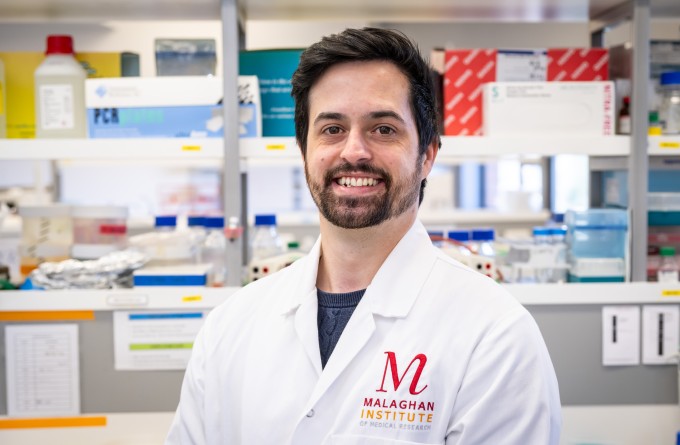
How a quirk of the immune system may play a big role in protecting us from disease
18 December 2025
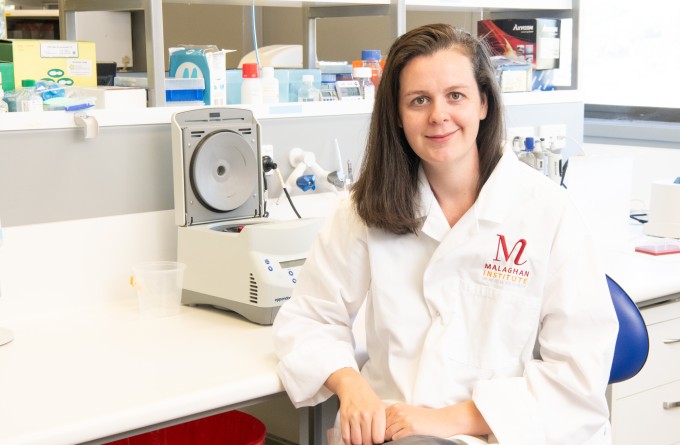
The nose knows: new research explores next generation of nasal vaccines
2 December 2025
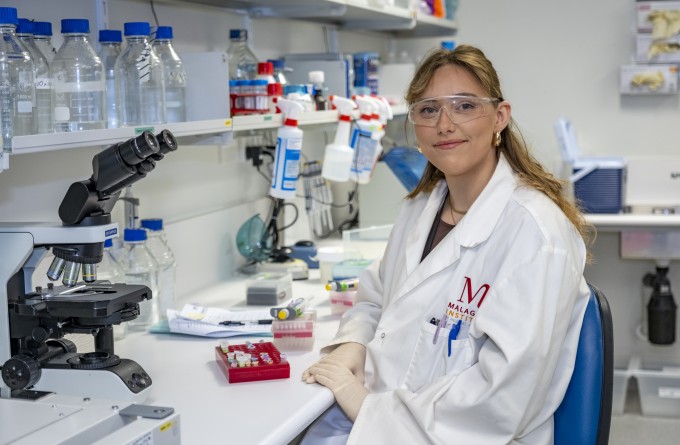
Tracking the journey of the shapeshifting bacteria behind stomach cancer
19 November 2025
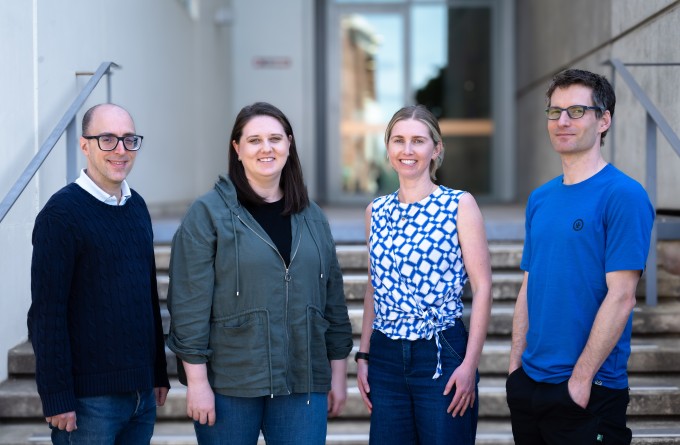
Marsden funding to drive discovery and innovation in cancer, allergy and infectious disease research
5 November 2025

How our immune system tackles fungal foes
23 October 2025
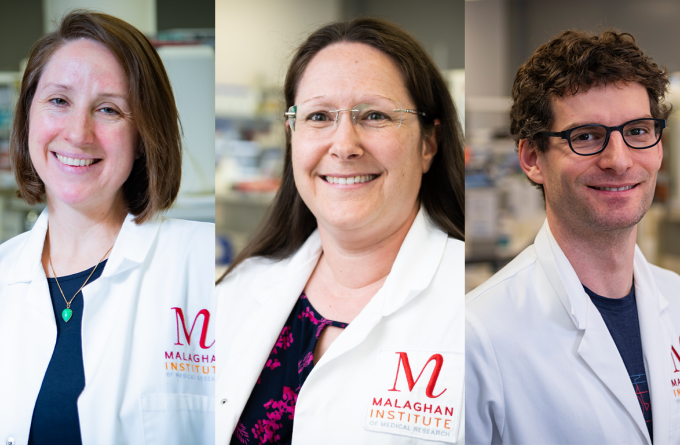
New funding supports cutting-edge research into immune cell metabolism
13 October 2025
